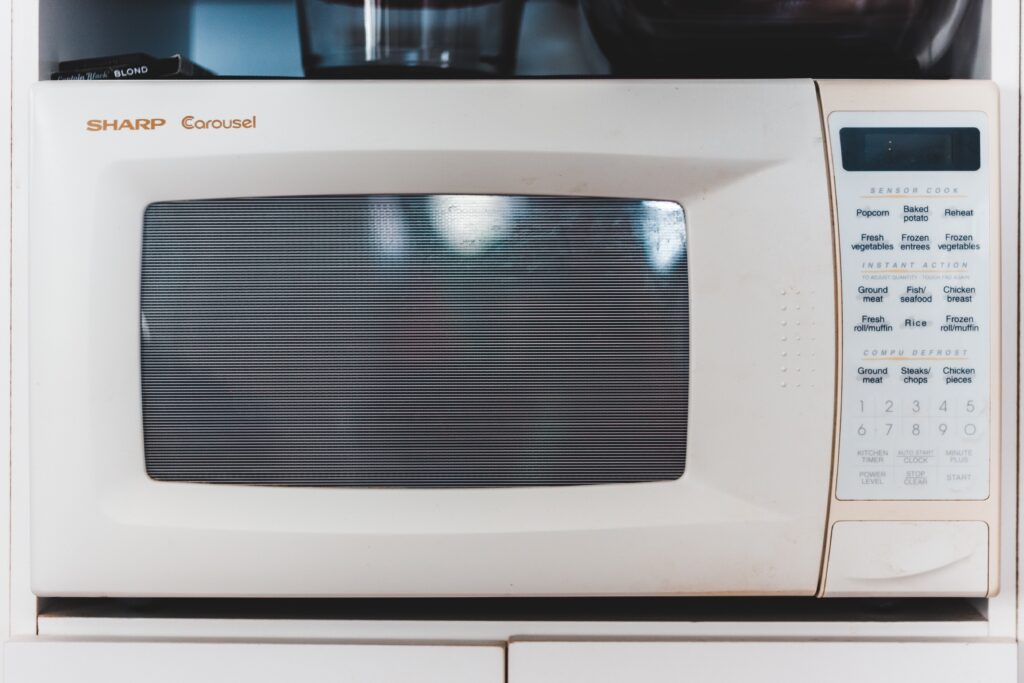News Team member Manju Karthikeyan discusses the science behind recent natural disasters and the role of future generations in fighting climate change in the face of political adversity.

Editor’s Note: This is part of a series sharing videos made by Human Health students in the Health 1, 2, 3 program. To see an overview of the program and this series please read this post.
By: Sally Shin
College has been largely known to negatively impact health in students, with common phrases floating around such as the “freshman fifteen,” indicating the likelihood of bad eating habits that could lead to weight gain. With the sudden shift into an independent environment filled with academic stress, it is likely that students may prioritize their schoolwork and extracurriculars above their personal nutrition. Even with healthy food options on campus and specific health programs designed for freshmen, their weights were found to fluctuate within their first year.
Students primarily eat based on convenience, meaning that when they eat is often determined by their class or work schedules. The resources available to students, such as microwaves and communal/personal kitchens are likely to determine how students prepare and obtain their food. For instance, individuals who only have access to a communal kitchen may be more likely to make instant meals from the microwave in their immediate vicinity. These obstacles restrict the abilities of many students to create and maintain healthy eating behaviors but also highlight overlooked opportunities that students can tap into to support their nutrition.
Through the research I conducted through my yearlong social marketing project with the Center for the Study of Human Health’s 4th level of the Health 1, 2, 3 Program, I wanted to challenge these barriers and identify relevant nutrition supports and feasible solutions that align with student priorities. My research indicated that due to the busy nature of student life, key ingredients to improving healthy behaviors and prioritizing optimal nutrition are creativity and the flexibility to re-think the way that students can combine convenience with healthy food options. Therefore, my nutrition video heavily focused on the primary resource for many college students: the microwave.
Because the college environment is not bound to change on its own, students must adjust to the resources available to them to incorporate nutrition into their lives. I created my video concept around the three meals of the day: breakfast, lunch, and dinner. Using ingredients found at the campus emporium, a small shop with basics, and the weekly farmer’s market on campus, I chose a recipe for a vegetable and egg scramble in a mug for breakfast. The convenience of these items and its quick assembly encourages the use of the microwave to create a well-rounded meal that incorporates fresh vegetables, as opposed to the normalcy of a cup of processed ramen or mac and cheese.
For lunch, I utilized the microwavable meat options in the emporium as well as canned goods to create a homemade burrito bowl. This meal contained many proteins and vegetables that would be incredibly simple to throw together in a bowl and enjoy. The recipe mimics the look of a similar dish in restaurants and the dining hall that is a popular favorite of Emory students. This version can be made easily with ingredients a at the campus emporium at more affordable price point.

Lastly, the recipe for dinner emphasizes the convenience of microwavable meals, as they utilize the leftovers from the breakfast and lunch recipes. This choice was made to show just how versatile these recipes could be and how easily healthy ingredients could be incorporated into simple meals that can help students save money as well.
These three recipes are designed make nutrition more accessible for college students, and my video concept highlighted nutritional messages following each recipe in order to be clear about the possible benefits to health.
Works Cited
Economos, Christina D., M. Lise Hildebrandt, and Raymond R. Hyatt. (2008) “College freshman stress and weight change: differences by gender.” American journal of health behavior 32.1, 16-25.


